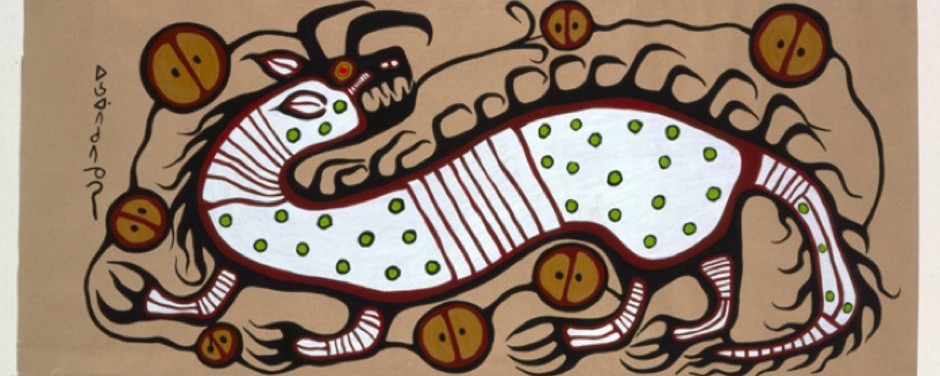2013
Book Prize
Leslie A. Robertson with the Kwagu’? Gixsam Clan, Standing Up with Ga’axsta’las: Jane Constance Cook and the Politics of Memory, Church, and Custom. Vancouver: University of British Columbia Press, 2012.
This book is a revisionist biography of Kwakwaka’wakw leader and activist Jane Constance Cook or Ga’axsta’las (1870-1951), written in response to community and scholarly representations that depicted her only narrowly as an “anti-potlatcher.” The work also offers a rich history of a local community’s negotiation with colonialism by examining community interpretations of smallpox, treaties, trade and the economy, relationships with missionaries, ceremonial practice, and local perspectives of health care, among other things. Standing Up with Ga’axsta’las is an especially innovative work in Canadian Aboriginal History.
Article Prize
Miles Powell, “Divided Waters: Heiltsuk Spatial Management of Herring Fisheries and the Politics of Native Sovereignty” in The Western Historical Quarterly, Vol. 43, No. 4 (Winter 2012, pp. 463-484).
Powell’s important article links history to contemporary politics and offers dynamic insights from a variety of disciplines. It is a welcome contribution to the growing literature on the utility and successful implementation of traditional practices within aboriginal communities. In brief, Powell demonstrates how the Heiltsuk effectively managed their herring fisheries through complex systems of marine space. It traces this management by looking at how the Canadian state originally deemed these systems primitive and unlawful, but later adopted a quota system that paralleled its aboriginal antecedents. Powell effectively demonstrates how this new spatial order continued to privilege the interests of the colonizers.
__________________________________________________________
2012
Book Prize
Winners
Sarah Carter and Patricia McCormack, eds, Recollecting: Lives of Aboriginal Women of the Canadian Northwest and Borderlands (Athabasca University Press, 2011).
Honourable Mention
Arthur J. Ray. Telling it to the Judge: Taking Native History to Court. (McGill-Queens University Press, 2011).
Best Article Prize
Keith Carlson. “Orality about Literacy: The ‘Black and White’ of Salish History,” in Keith Thor Carlson, Kristina Fagan, and Natalia Khanenko-Friesen, eds., Orality and Literacy: Reflections across Disciplines (Toronto: University of Toronto Press, 2011)
_____________________________________________________
2011
Keith Thor Carlson. The Power of Place, The Problem of Time: Aboriginal Identity and Historical Consciousness in the Cauldron of Colonialism.
In this richly textured and innovative study, Keith Thor Carlson reinterprets Stó:lõ identities from the first smallpox epidemic of the late eighteenth century to the burgeoning west coast political movement in 1906. By situating identities in temporal and spatial contexts, Carlson explains how the emergence of a supra-tribal political identity was not a product of colonialism but a repudiation of divisive state policies. This complex recounting of how social structure and transformative events shape historical consciousness and collective identities is a brilliant example of how Aboriginal histories can be written and explored on their own terms.
_________________________________________________________________________
2010
Shirleen Smith et Vuntut Cwitchin First Nation. People of the Lakes: Stories of Our Van Tat Gwich’in Elders
Many people have a mental picture of the Canadian north that juxtaposes beauty with harshness. For the Van Tat Gwich’in, the northern Yukon is home, with a living history passed on from elders to youth. This book consists of oral accounts that the Elders have been recording for 50 years, representing more than 150 years of their history, all meticulously translated from Gwich’in. Yet this is more than a gathering of history; collaborator Shirleen Smith provides context for the stories, whether they are focused on an individual or international politics. Readers interested in Canada’s northernmost regions will find much to fascinate them.
